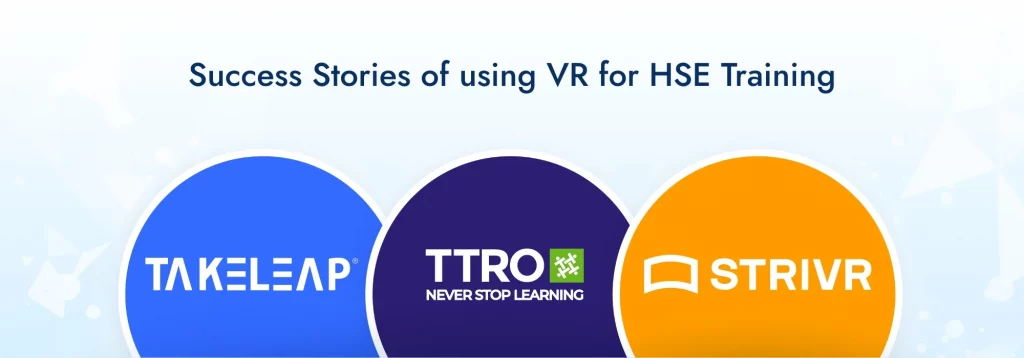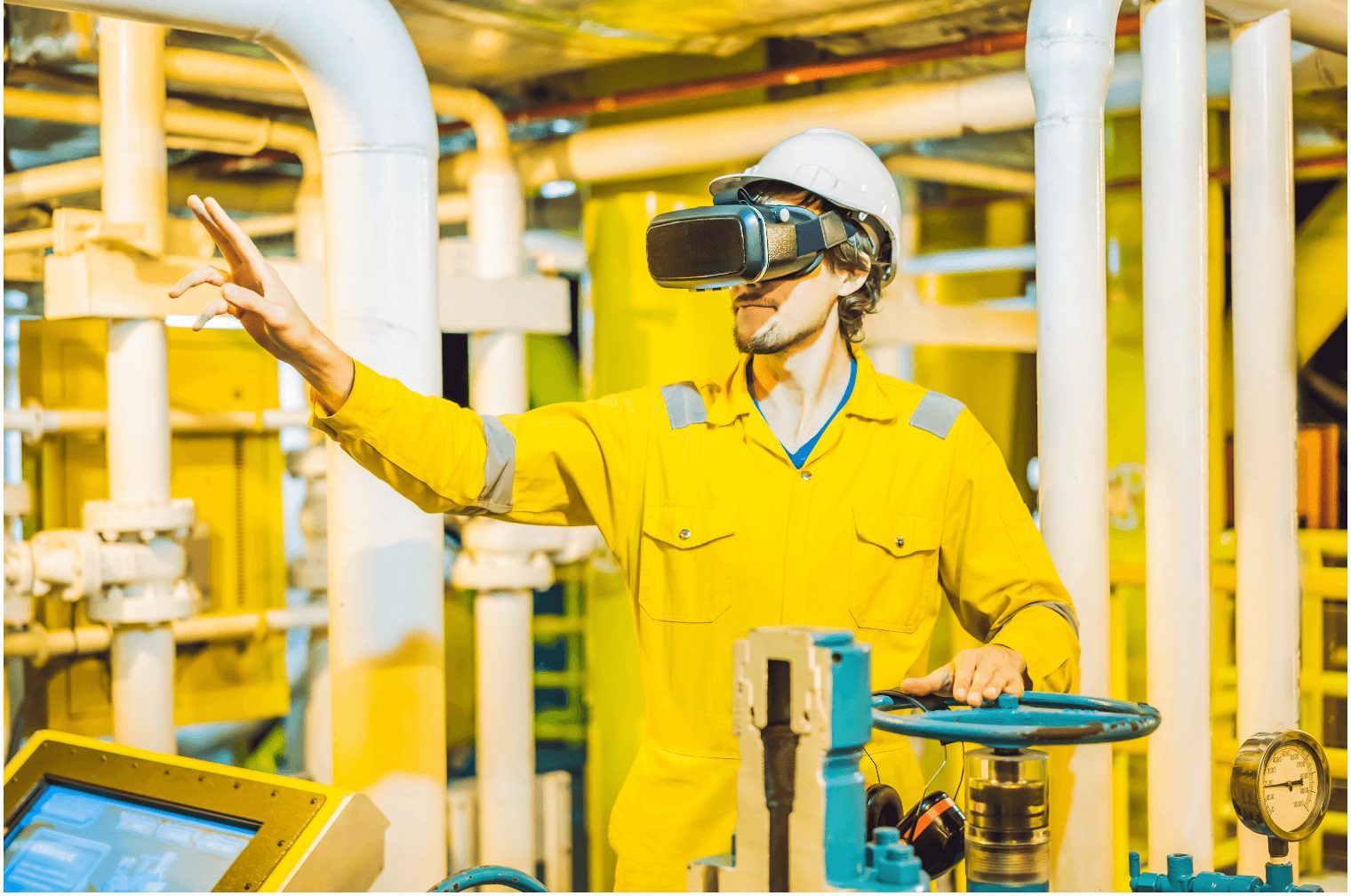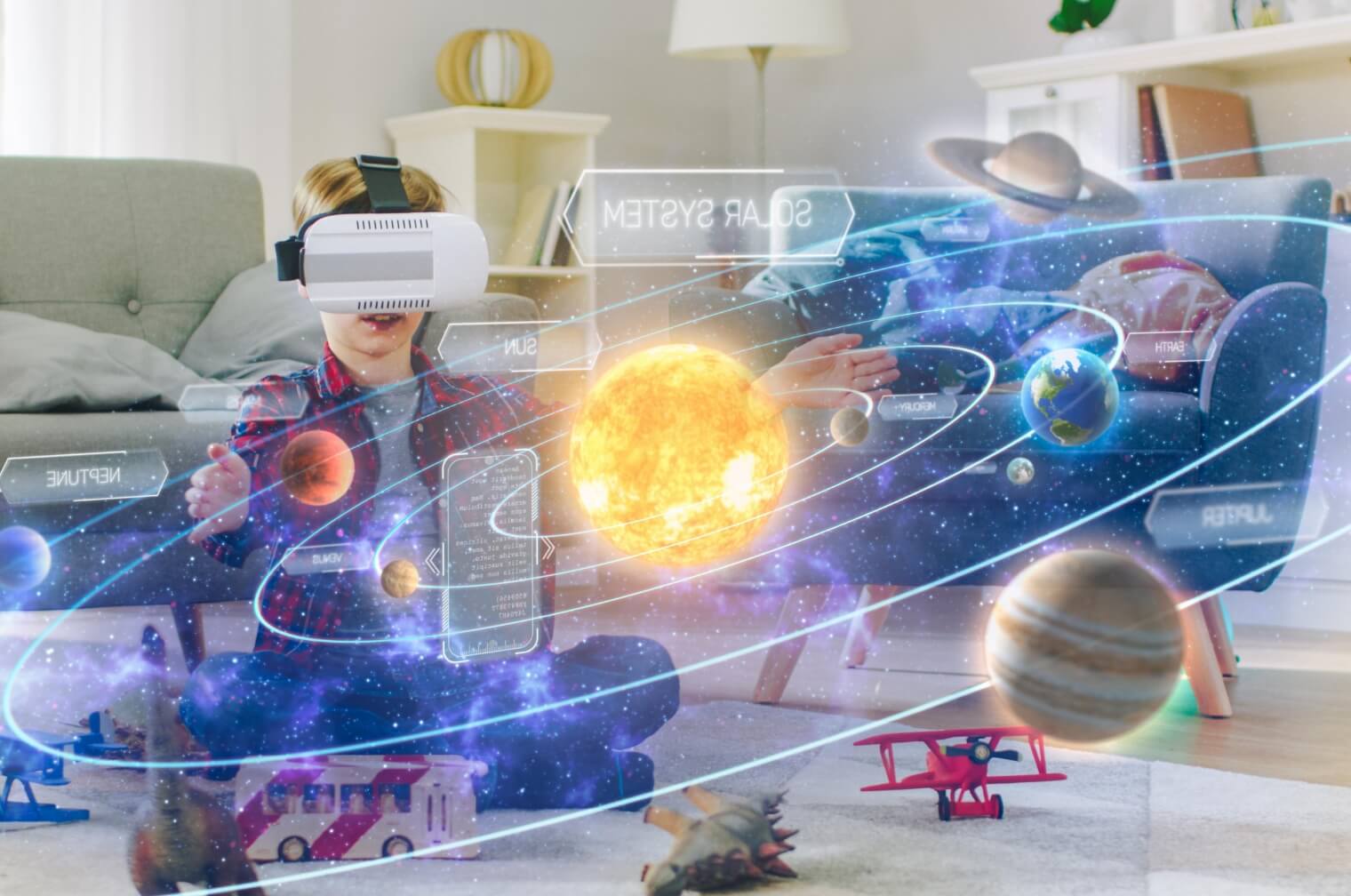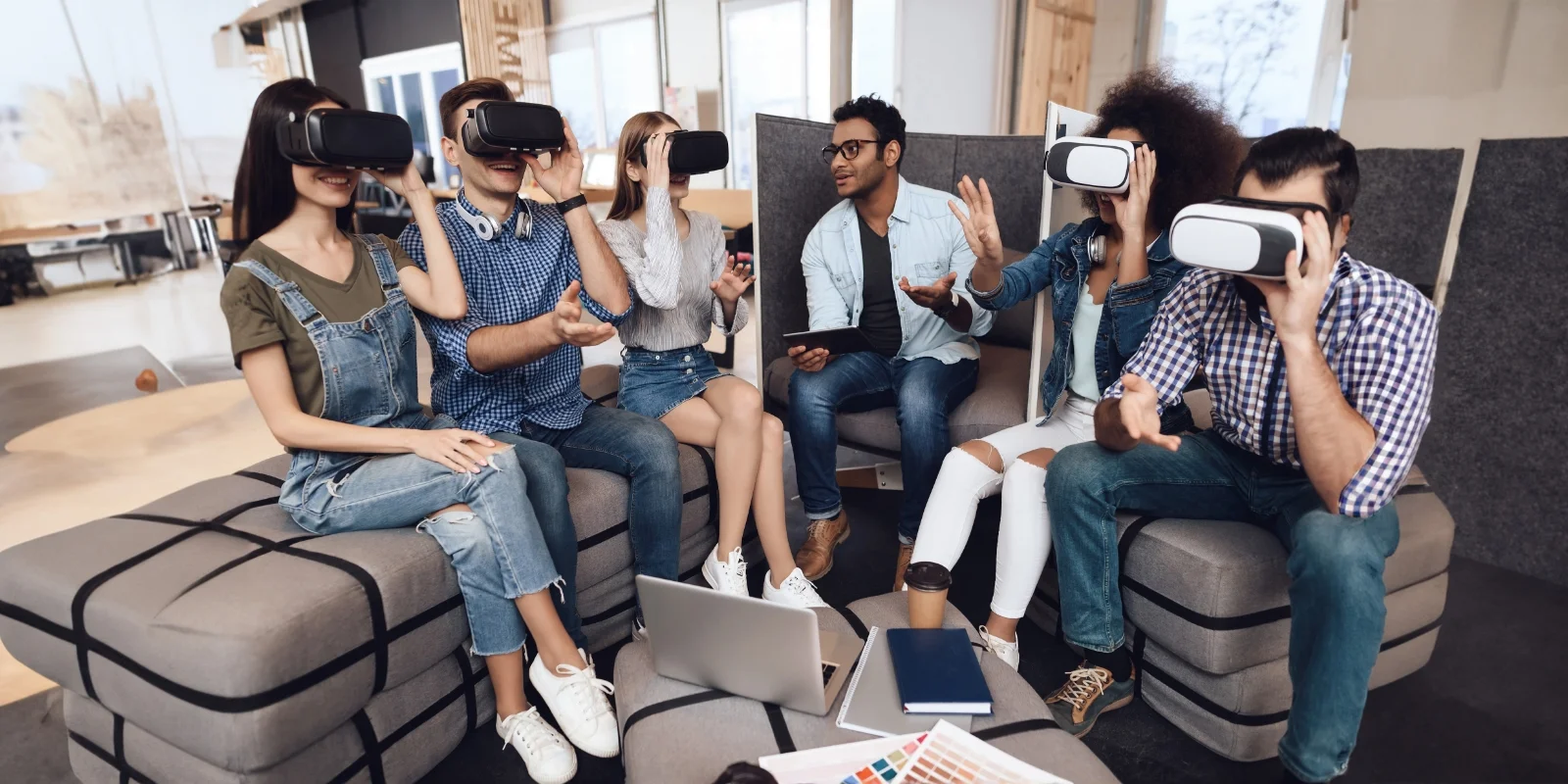Machine Learning and AI for revolution of Tech Companies are changing and streamlining businesses.
Health, Safety, and Environment (HSE) training is necessary for protecting the integrity of organizations and the well-being of individuals in the evolving field of workplace safety.
Although these approaches have shown some success, they often struggle to deliver fully immersive and captivating learning environments. However, with the integration of a virtual reality HSE training solution, the landscape of learning experiences is revolutionized.
Digital experience solutions, specifically those powered by virtual reality (VR) technology, are revolutionizing HSE training. VR offers a whole new level of education, transforming how we approach workplace safety. Let’s delve deeper into the importance of immersive HSE training in VR and how it’s reshaping our perspective on safety in the workplace.
Importance of virtual reality for HSE training
Before we explore virtual reality in HSE solution development, let’s first understand why HSE training is important.
Health, safety, and environmental considerations are supreme in any industry.
A workplace that prioritizes these aspects is not only compliant with regulations but also fosters a culture of care and responsibility among its employees.
Here are some key reasons why HSE training is vital:
- Safety First: The primary goal of Virtual Reality HSE Training Solution is to prevent accidents and injuries. Proper training equips employees with the knowledge and skills to identify and mitigate potential hazards, ensuring a safe working environment.
- Compliance: Virtual Reality HSE training solution helps in ensuring compliance, which is not only a legal requirement but also essential for reputation management.
- Risk Reduction: Comprehensive HSE training reduces the risk of accidents, which can result in financial losses, downtime, and damage to a company’s image.
- Employee Well-being: When employees feel safe at work, their morale and job satisfaction improve. A safe working environment also reduces absenteeism and turnover rates.
- Compliance with Regulations: Utilizing a Virtual Reality HSE Training Solution helps organizations comply with regulatory requirements by ensuring that employees are adequately trained in handling safety protocols, emergency response procedures, and environmental protection measures.
Limitations of traditional HSE training
Classroom-based HSE solution development with PowerPoint presentations has been the norm for decades.
While these traditional methods cover the required knowledge aspects, they have limitations when it comes to building skills and shaping behaviors.
Passively sitting through lectures and presentations often leads to low engagement and poor retention of information.
Additionally, classroom training lacks realism and makes it difficult for employees to apply learnings to real-life hazardous situations.
Traditional methods are unable to simulate risk scenarios like working from heights, confined spaces, fire hazards, chemical spills, etc.
This leaves employees underprepared to face dangers in the workplace.
Need for immersive VR HSE training
Virtual reality based HSE solution development provides highly realistic, interactive and engaging learning experiences.
VR training simulations expose employees to life-like hazardous scenarios and dynamic risk environments.
This helps imprint safe behaviors and build muscle memory on correct emergency response procedures.
VR technology offers complete flexibility and control over the training environment.
Various high-risk situations like working at heights, electrical accidents, fire hazards, etc. can be accurately simulated without any real danger.
This enables employees to prepare for emergencies and prevent accidents.
Research shows that VR training improves learning outcomes by up to 75% compared to conventional methods.
As employees retain more information, the ROI of VR training investments also becomes significantly higher.
Developing virtual reality HSE training solution
The first step is identifying the specific HSE training needs of employees based on work hazards.
For example, VR fire safety drills will be a priority for manufacturing units. On the other hand, construction companies may need VR training for elevation-related risks.
The training content must accurately replicate real work environments and standard operating procedures.
The VR simulators and scenarios have to provide realistic visuals, auditory and other sensory cues for maximum immersion.
It is crucial to integrate VR training with existing learning management systems (LMS) and e-learning programs.
This enables seamless training delivery and unified reporting. Tracking employee performance data across VR and other mediums provides vital insights.
Leading companies like ViitorCloud are pioneering VR solutions tailored to the HSE needs of different industries.
Our offerings like Immerse Virtual Reality Training provide video game-like immersion combined with real-world hazards for the best learning outcomes.
Success stories of organizations that used VR for HSE training
Ensuring a safe work environment is crucial for any business. This is where virtual reality (VR) comes in as a game-changing technology for HSE solution development.

TakeLeap
TakeLeap is using the Immerse VR training solution to deliver highly engaging fire safety drills across its manufacturing units.
Employees are put through emergency scenarios on the factory floor and taught how to operate fire extinguishers and hoses.
VR training is being credited for a 57% improvement in fire safety compliance.
Ttro
Ttro has deployed VR simulators to train its developers on handling radioactive isotopes and chemical spills in an R&D facility.
Employees appear for VR tests before getting lab access. This has led to 63% fewer accidents due to improved safety behaviors.
Strivr
Strivr has used Virtual Reality HSE Training Solution for construction crews on fall protection, trenching hazards, PPE usage and other critical safety topics.
Their proprietary 360-degree VR video training has reduced incidents by 52% across projects.
Conclusion
Virtual reality has proven to be a disruptive innovation for occupational safety and HSE compliance training.
The immersive simulations and life-like experiences lead to stronger learning outcomes.
Considering the immense benefits, investing in customized Virtual Reality HSE Training Solutions is highly recommended for businesses today.
Frequently asked questions
By using Virtual Reality for HSE Training, trainees can engage in hands-on training, making it more engaging and memorable.
Virtual reality can improve HSE training by allowing trainees to practice dangerous tasks without the risk of physical harm, reducing the likelihood of accidents in real-life situations.
The future trends for virtual reality HSE training solutions include advancements in technology, such as haptic feedback devices and full-body motion tracking, to create more realistic and interactive training experiences.
Virtual Reality HSE Training Solution enhances trainee engagement and retention by providing an immersive and interactive learning experience. VR training can be conducted remotely, allowing trainees to access training modules from anywhere, at any time.









